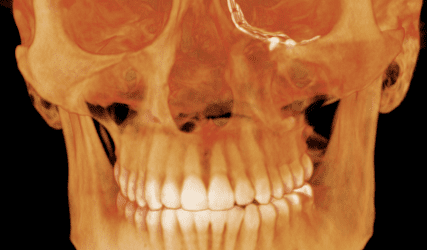Bone Grafting
Major Bone Grafting & Minor Bone Grafting in Erie, Pa.
If you have inadequate bone structure due to previous procedures, pathology, or injury, our doctors may be able to treat the bone deficient site with a variety of bone grafting techniques. Bone grafting also plays an important role in preparing extraction sites for possible future implant placement. After a tooth is removed, the surgical site begins to heal, but the surrounding bone can also resorb. As such, we recommend bone grafting at the time of tooth removal, if you’re considering replacing the tooth with a dental implant. All available options for bone grafting will be discussed at your consultation appointment.
Complications of Tooth Loss & Jawbone Deterioration
Missing teeth can often lead to alveolar bone loss; additionally, bone loss can develop into issues such as pain and the reduced ability to speak or eat normally. This is why Drs. Armanini, Kolodychak, and Basile, strongly recommend the consideration of receiving dental implants. Just as we exercise our muscles, bone tissue is maintained by regular use. Biting and chewing are actions that stimulate our teeth and jawbone. Once a tooth or teeth are missing, the alveolar bone — which anchors teeth in the mouth — begins to resorb due to lack of stimulation. Other complications associated with jawbone and tooth loss include:
- Misalignment, drifting, loosening, or loss of remaining teeth
- Jaw pain, facial pain, or headaches
- Difficulty speaking or communicating
- Malnutrition due to painful and improper chewing
- Sinus expansion
Contact us today to learn more about the dental implants we offer.
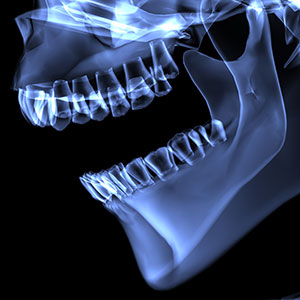
Do I Need Bone Grafting? | Common Causes of Jawbone Loss
The experienced team at Armanini, Kolodychak, & Basile, L.L.P. are experts when it comes to bone grafting and placing dental implants. There are a number of common causes of tooth loss and jawbone deterioration that may lead to a bone graft being required. These causes include, but are not limited to:
- Tooth Extractions
- Periodontal Disease
- Dentures or Bridgework
- Trauma (Fractured or Unexpected Tooth Loss)
- Misalignment
- Osteomyelitis
- Tumors
- Developmental Deformities
- Sinus Deficiencies
Schedule a consultation with us today to learn whether bone grafting may be a beneficial procedure for you.

Types of Bone Grafts & Bone Graft Alternatives in Erie, Pa.
Drs. Armanini, Kolodychak, and Basile, have the experience necessary to perform the two primary types of bone grafting procedures, as well as bone grafting alternatives. When the jawbone associated with missing teeth atrophies, it typically leaves insufficient bone for the placement of proper dental implants. Bone grafting allows us to not only replace missing bone, but also promote new bone growth, ensuring the implants we place will be functional.
There are two primary types of bone grafts:
- Autogenous (or Autografts) are made from live bone taken from elsewhere in the body, meaning they contain living cellular components that naturally enhance bone growth. Autografts require an additional procedure to harvest that bone.
- Allogenic (or Allografts) utilize bone harvested from a cadaver. Unable to produce new bone by itself, allografts serve as a framework for new bone to heal around. Bone regeneration may also take longer.
Some safe synthetic alternatives are also available, including:
- Demineralized Bone Matrix (or Freeze-Dried Bone Allografts), which contain collagen, proteins, and growth factors that are extracted from the allograft bone. This product is available as powder, putty, chips, or an injectable gel.
- Graft Composite, which utilizes growth factors and other bone graft materials to achieve similar benefits.
We encourage scheduling a consultation to discuss which type of bone graft material may be best for your procedure.
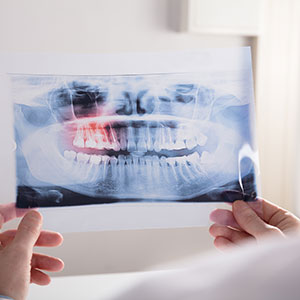
Leukocyte-Platelet Rich Fibrin
While tooth loss and jawbone deterioration can be particularly challenging for your dentist during oral surgery, we support a new platelet therapy created from your own blood that can expedite the implant stabilization and healing process. Leukocyte-Platelet Rich Fibrin (L-PRF) promotes healing and bone growth without any artificial components. L-PRF releases natural healing proteins, creating a network of cells to boost the healing process. Your oral surgeon may also be able to supplement your L-PRF clot with a number of bio-materials customized to treat you specifically. This therapy is 100% natural and additive-free; by reintroducing your own platelets and other blood cells at the site of your procedure, your body naturally creates a scaffold for healing. Contact us today to discuss whether L-PRF therapy may be right for you.

Ridge Augmentation in Erie, Pa.
Drs. Armanini, Kolodychak, and Basile, have extensive experience performing ridge preservation grafting techniques. This can help maintain or recreate the natural contour of the jaw that may have been lost due to tooth removal, bone atrophy, or trauma. When a tooth or teeth are removed, they leave empty sockets in the alveolar ridge. Typically, these sockets will heal on their own, but occasionally, the bone surrounding the socket will atrophy or resorb. Ridge augmentation procedures help to rebuild this bone in order to prepare the site to accommodate a dental implant.
Ridge preservation is performed by placing bone graft material in an empty socket. This is typically done immediately following the extraction. Gingival tissue or a membrane, which can be either biological or synthetic, is then placed over the socket and secured with sutures. We typically performs ridge preservation under local anesthesia. Additional sedation options are available to those with individual needs or preferences.
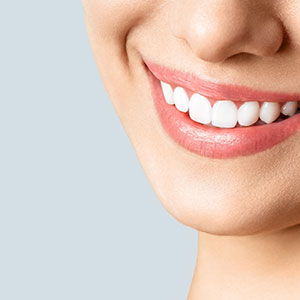
Sinus Augmentation and Dental Implants in Erie, Pa.
Drs. Armanini, Kolodychak, and Basile, have extensive experience performing sinus augmentations (or sinus lifts), a common bone grafting procedure performed for those experiencing bone loss in their upper jaw. The maxillary sinuses are empty pockets containing some of the roots of your natural upper teeth. If these teeth are removed, they typically leave a thin wall of bone separating the sinus from the mouth, making it extremely difficult to hold dental implants in place. To fix this, a sinus augmentation can be performed to raise the sinus floor and allow for new bone formation.
To perform a sinus lift, a small incision is made in the molar region to expose the jawbone. A small opening is made in the bone and the membrane lining the sinus is pushed upwards, which is then filled with natural or synthetic bone grafting material. This bone will eventually become part of the patient’s jaw, allowing dental implants to be inserted. Occasionally, if there is enough bone available between the upper jaw ridge and the bottom of the sinus, sinus augmentation and implant placement can take place in a single procedure. We generally performs this procedure in-house under intravenous general anesthesia.
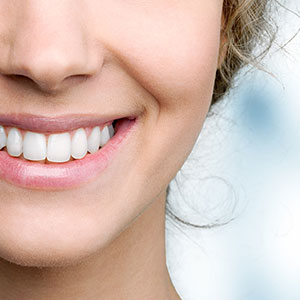
News & Articles
